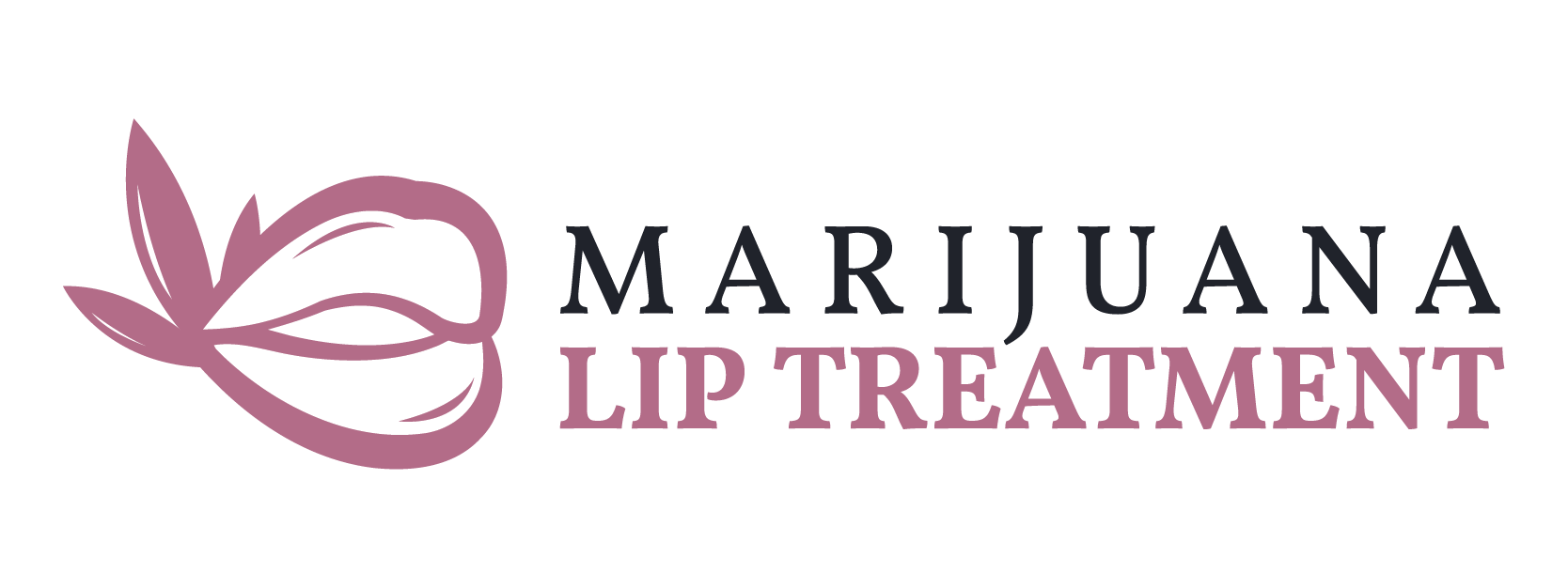Marijuana and hemp-based lip treatment products exist in a complex regulatory landscape that blends federal cosmetic laws with state-level cannabis controls. Understanding how these rules intersect helps both consumers and brands make informed decisions about product safety and compliance.
Marijuana vs. Hemp Products
At the federal level, the 2018 Farm Bill distinguishes “hemp” from “marijuana” based on THC content. Hemp and its derivatives that contain no more than 0.3% delta-9 THC on a dry-weight basis are considered legal for sale across state lines. Any product exceeding that threshold is considered marijuana, which remains federally controlled and can only be sold through licensed cannabis retailers within legal states.
Federal Oversight Under MoCRA
Most marijuana or hemp lip treatments fall under the category of cosmetics according to the Federal Food, Drug, and Cosmetic Act. The Modernization of Cosmetics Regulation Act of 2022 (MoCRA) brought the first major update to cosmetic law in decades. It requires facility registration, product listing, reporting of serious adverse events, safety substantiation, and future compliance with Good Manufacturing Practices. Companies producing lip treatments containing hemp must follow these same rules and maintain evidence demonstrating product safety.
Claims and Classification
How a product is marketed determines whether it is a cosmetic or a drug. If a marijuana or hemp lip balm claims to treat or cure a medical condition—such as healing infections or reducing inflammation—it can be classified as a drug, requiring FDA approval before marketing. To remain compliant, brands must focus on non-therapeutic claims, such as moisturizing, soothing, or conditioning lips.
Advertising Standards and FTC Oversight
Advertising claims are regulated by the Federal Trade Commission, which requires all marketing to be truthful and backed by scientific evidence. The FTC has taken enforcement action against companies making unsubstantiated health claims about CBD products. Brands marketing marijuana or hemp lip treatments must ensure their claims are accurate and that any endorsements or influencer promotions follow the same standards.
State-Level Cannabis Regulations
In states where marijuana is legal, THC-containing lip treatments are classified as cannabis-infused topicals and fall under strict state cannabis regulations. These rules require licensing, laboratory testing, potency and ingredient labeling, and child-resistant packaging. Regulations can differ significantly between states, meaning a compliant product in one jurisdiction may not meet requirements in another.
Proposition 65 and Consumer Safety
California’s Proposition 65 adds another layer of compliance. THC and marijuana smoke are listed chemicals under the act, requiring warning labels on products that could cause exposure. Brands selling marijuana lip treatments in California must evaluate whether these warnings apply to their formulations and label accordingly.
The Bottom Line for Brands and Consumers
For hemp-based lip treatments, brands should ensure compliance with MoCRA, avoid therapeutic claims, and conduct comprehensive safety and contaminant testing. For THC-infused products, full adherence to state cannabis regulations—including testing, labeling, and packaging standards—is essential. Consumers should always look for verified certificates of analysis, transparent ingredient lists, and clear labeling that reflects regulatory compliance.
